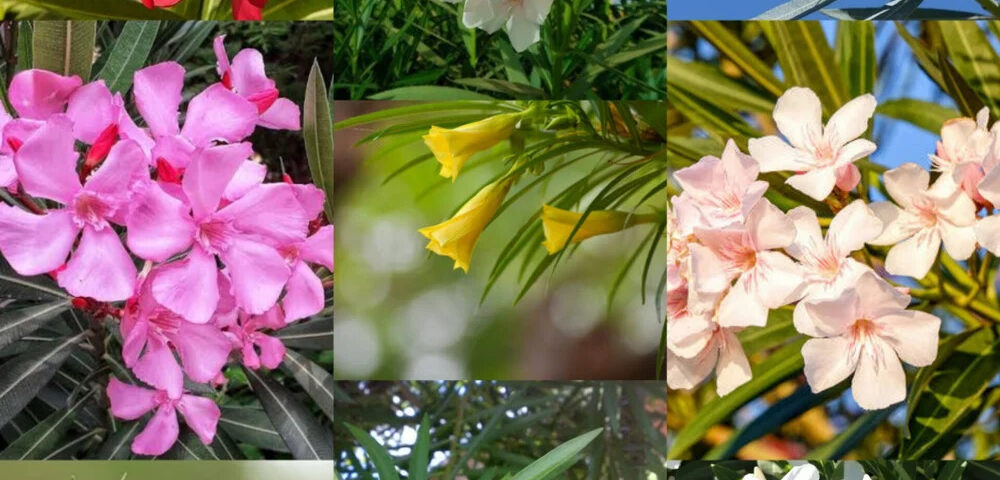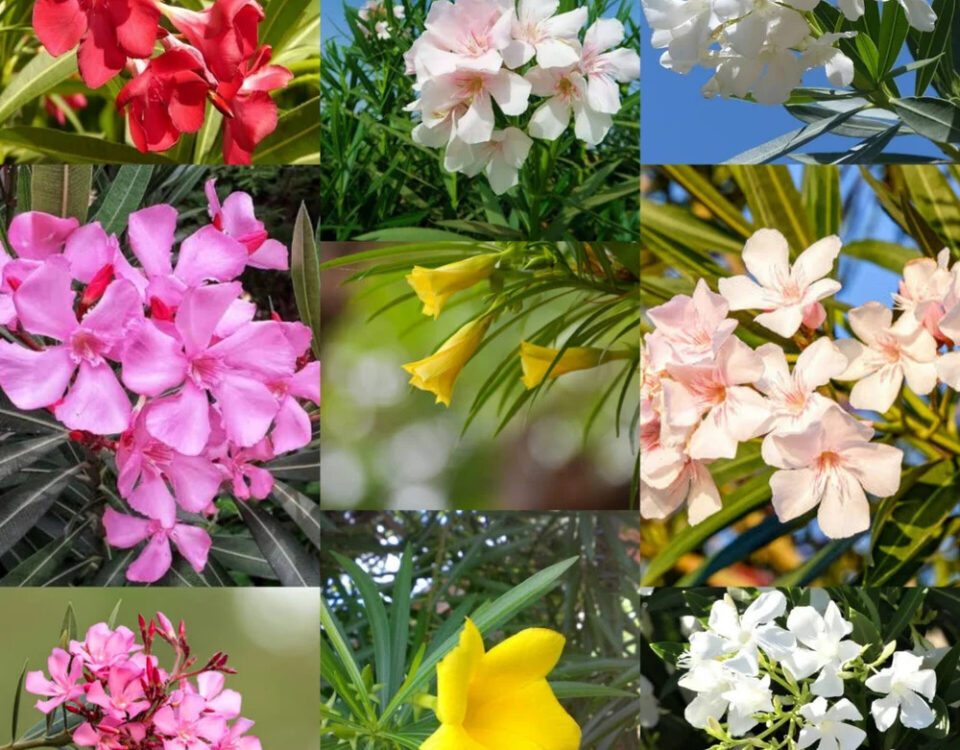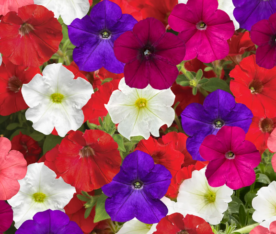The Kaner plant, also known as Nerium Oleander, is a common flowering shrub found in many Indian gardens and public spaces. Loved for its vibrant colors and hardy nature, the Kaner flower attracts attention—but few realize it’s also one of the most poisonous plants grown at home.
In this post, we’ll explore:
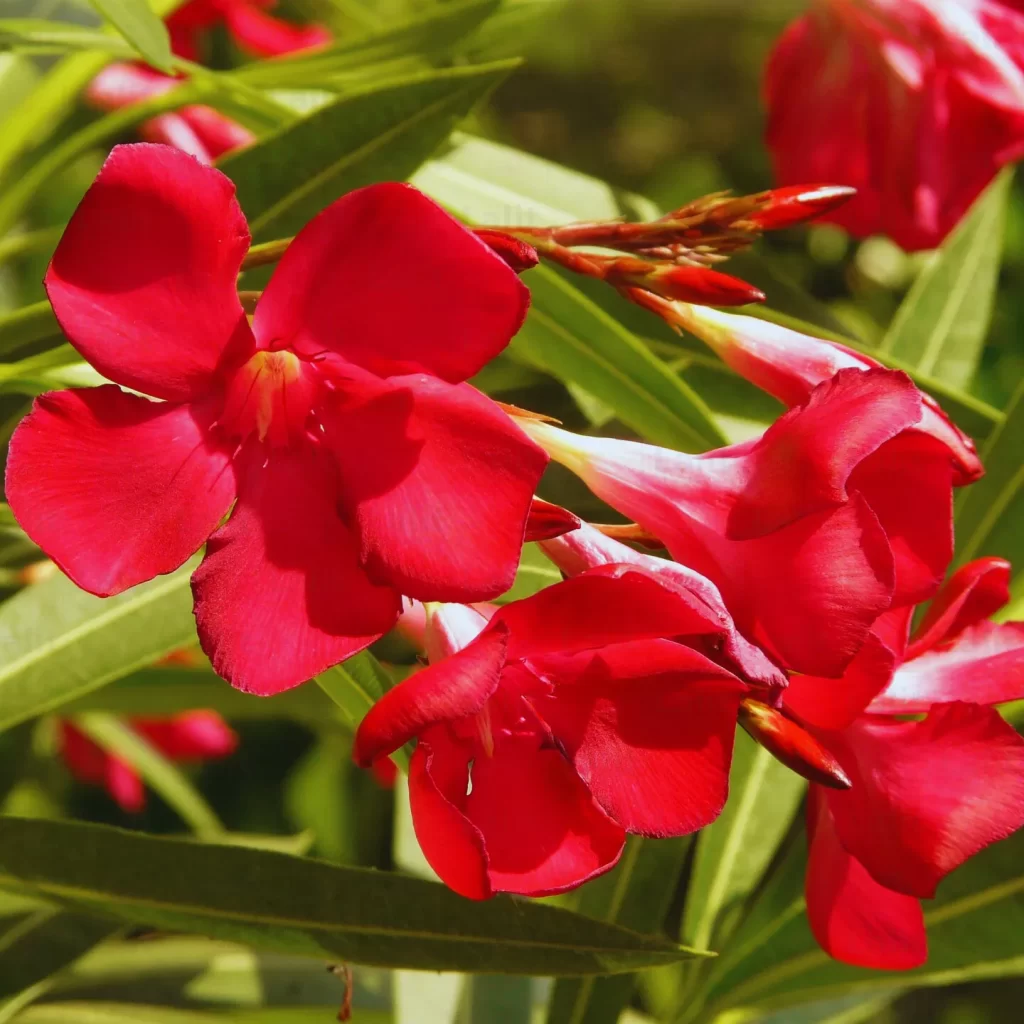
- Types of Kaner flower and colors
- Why people unknowingly plant Kaner
- Is Kaner plant safe?
- Kaner flower in Hinduism and puja
- Kaner plant root system and impact on other plants
🌈 Types of Kaner Flower: What Colors Does Kaner Come In?
One of the reasons the Kaner flower is so popular is its variety of colors. Common Kaner plant varieties include:

- White Kaner flower – often considered pure and used in some religious rituals
- Pink Kaner flower – the most widely seen, perfect for decorative landscaping
- Red Kaner flower – striking and bold
- Yellow Kaner plant – relatively rare, but gaining popularity
- Peach or salmon Kaner – softer tones, used in ornamental gardens
These colorful blooms last long and need very little care, making the Kaner plant a top choice for low-maintenance gardening.
🌿 Why Do People Unknowingly Plant the Kaner Plant?
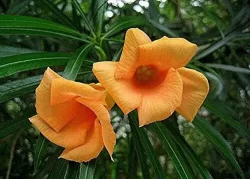
Many homeowners and landscapers plant Kaner for home gardens without knowing its potential risks. The reasons include:
- Drought tolerance and minimal care
- Attractive flowers in multiple shades
- Easy availability in local Kaner plant nurseries
- Affordable Kaner plant price in India
However, few are aware that the Kaner plant is poisonous, and its sap, leaves, and flowers are toxic to both humans and animals.
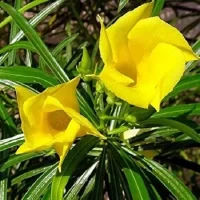
⚠️ Is Kaner Plant Poisonous? Safety Tips You Should Know
Yes, Kaner plant toxicity is well-documented. All parts of the plant contain cardiac glycosides that can cause:
- Vomiting, nausea, or abdominal pain
- Irregular heartbeat or breathing issues
- Severe poisoning in children or pets
Kaner plant side effects are most common when it’s ingested or its smoke is inhaled (for example, when burning dry branches). It’s best to avoid planting Kaner in areas accessible to pets or children.
👉 Pro Tip: Avoid using Kaner leaves in compost as they can harm other plants.
🙏 Is Kaner Flower Offered to God?
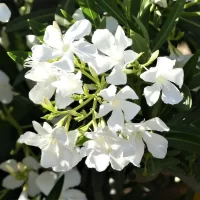
There’s confusion around whether Kaner flower is used in puja or is offered to gods. While the white Kaner flower is sometimes used during rituals, most Hindu scriptures recommend using Tulsi, Lotus, Jasmine, or Hibiscus (Japapushpa) for puja.
The spiritual meaning of Kaner flower is not well defined, and due to its toxic nature, it’s generally not preferred for daily rituals.
🌱 What Kind of Roots Does the Kaner Plant Have?
The Kaner plant root system is fibrous and spreads laterally. It is not as aggressive as bamboo, but it can still compete for water and nutrients with surrounding plants.
So, does the Kaner plant disturb other plants?
- In limited spaces, yes. It may stunt the growth of nearby weaker species.
- In large gardens, it’s less of a problem, but regular pruning is advised.
🌿 Better Alternatives to Kaner for Home Garden
If you’re looking for auspicious plants for Vastu or safer alternatives, consider:
- Tulsi plant – spiritually uplifting and medicinal
- Jasmine (Mogra) – fragrant and used in pujas
- Aparajita (Clitoria) – safe, colorful, and sacred
- Hibiscus – ideal for Devi worship
📌 Should You Plant Kaner?
The Kaner plant offers stunning flowers and is easy to maintain—but it comes with serious safety concerns. If you choose to grow it, ensure it’s kept away from children, pets, and puja spaces. For spiritual or indoor gardening, choose plants that are both safe and sacred.


